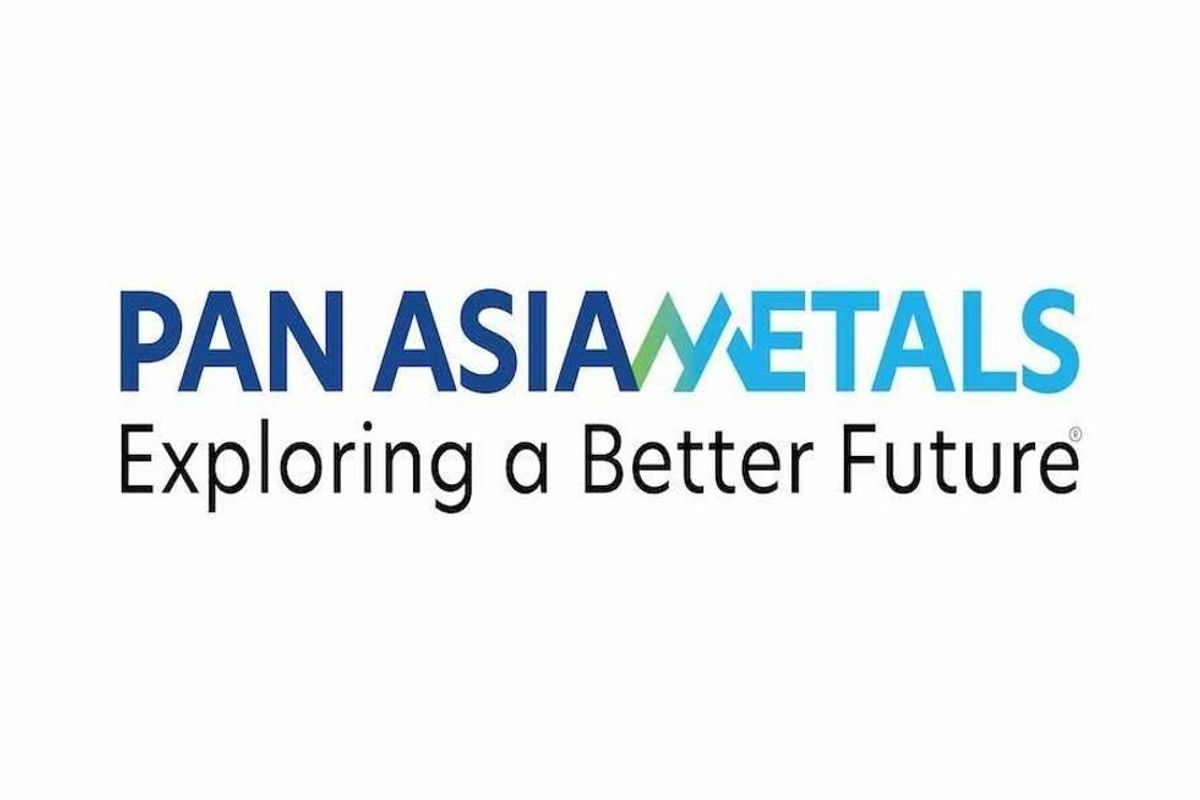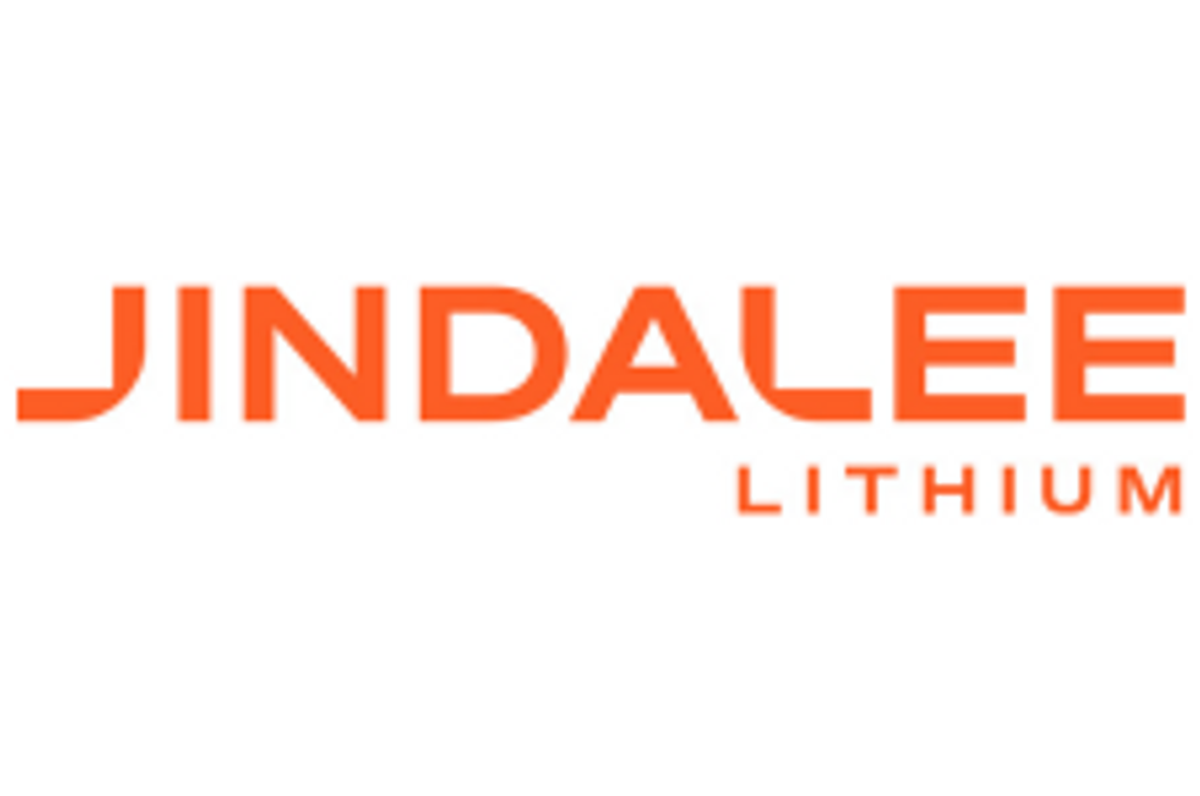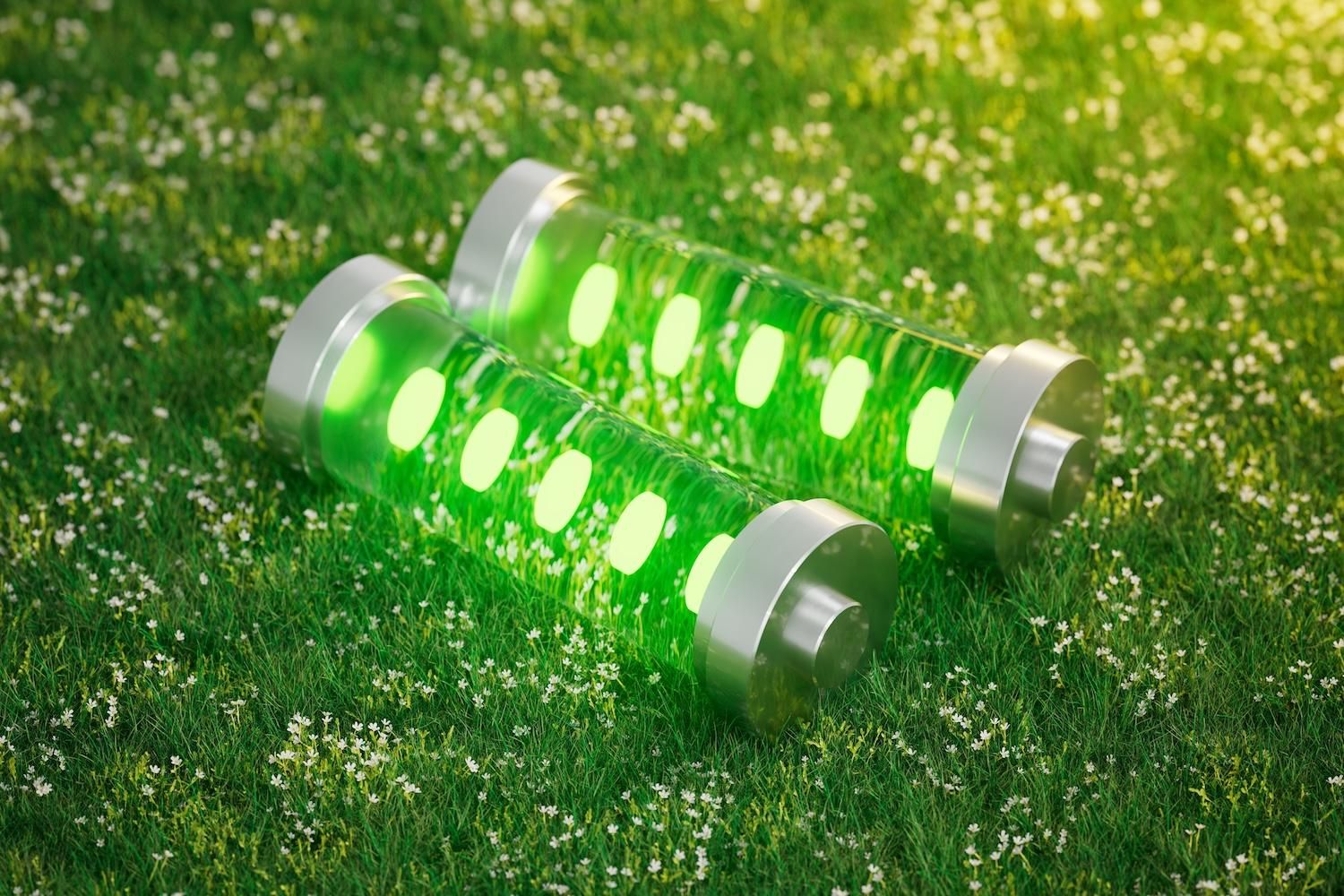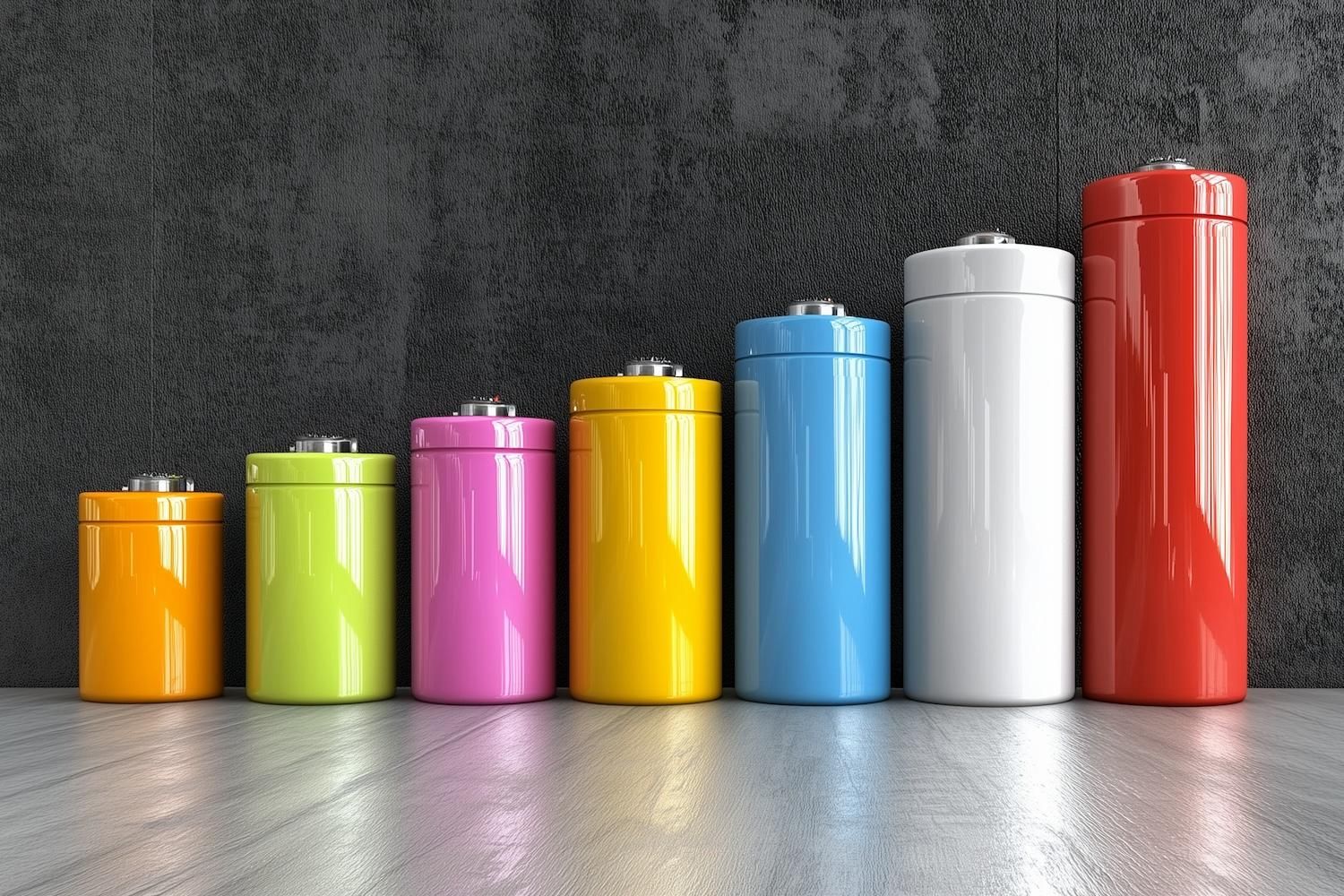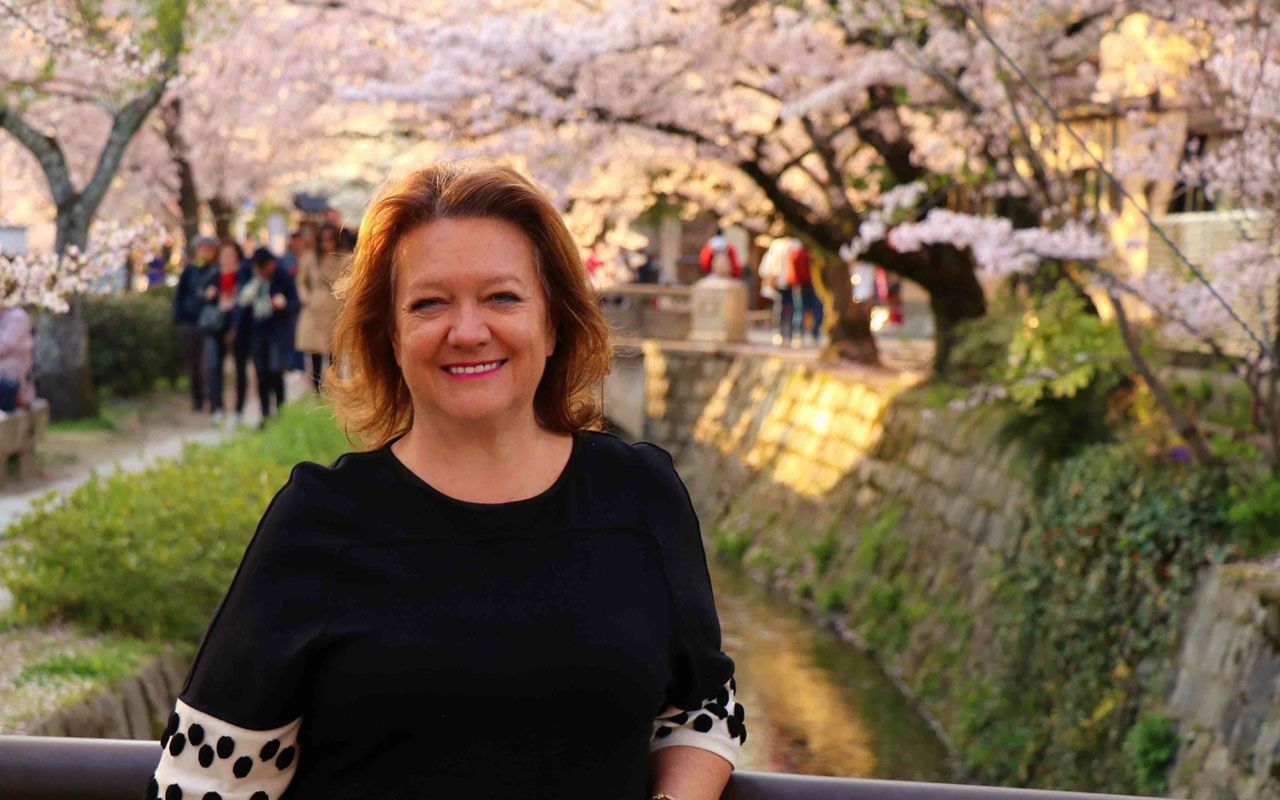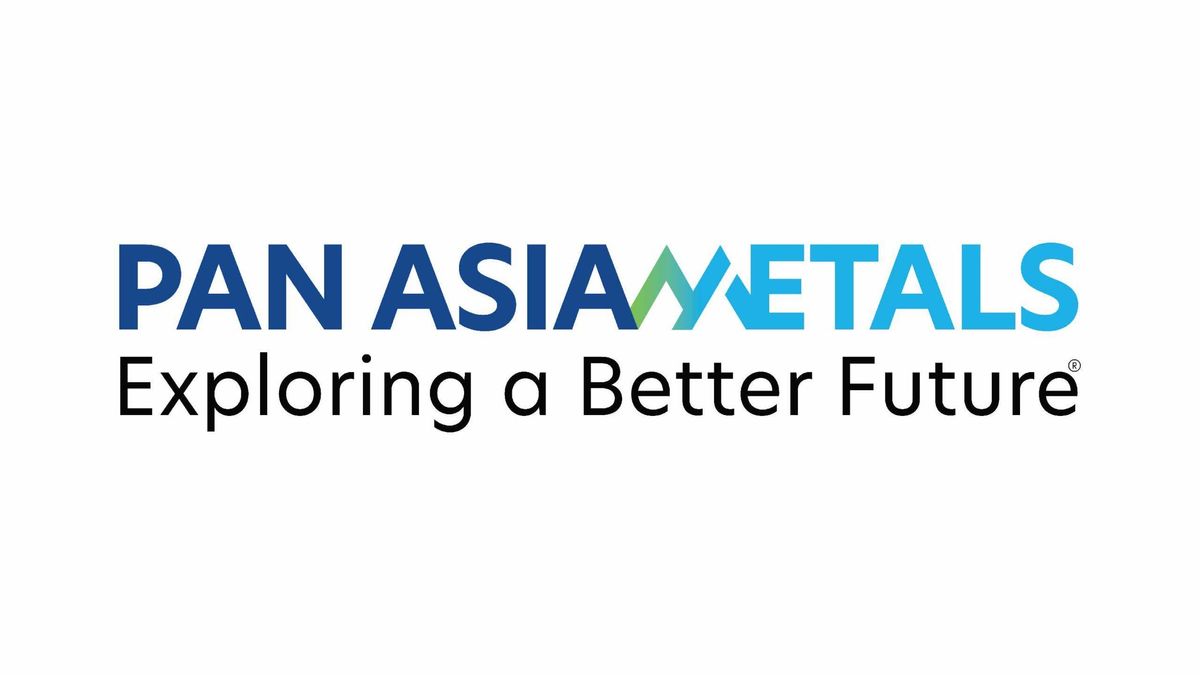
January 01, 2024
Battery and critical metals explorer and developer Pan Asia Metals Limited (ASX: PAM) (‘PAM’ or ‘the Company’) has entered into three binding Option Agreements to Purchase 100% of the Dolores North, Dolores South, Pozon and Pink project areas which form the Tama Atacama Lithium Brine Project, as well as the northern half of the Ramatidas project area. The total area is approximately ~120,000ha or ~1,200km2, see Figure 2 and Table 1 for further details.
- PAM has converted MOUs into binding Option Agreements to Purchase 100% of the ~1,200km2 Tama Atacama Lithium Brine Project.
- Tama Atacama is one of the largest lithium brine projects in South America, with ~120,000ha (~1,200km2) holdings across three salars.
- Extensive lithium surface anomalies with elevated lithium results up to 2,200ppm Li and averaging 700ppm Li (270ppm Li cutoff) extending over 160km north to south.
- Tama Atacama is a Tier 1 asset in a Tier 1 jurisdiction - in the truest sense of the term ‘Tier 1’ – and PAM is already in discussions with potential strategic partners.
- PAM plans to commence geophysics and drilling in early 2024.
- The Option Agreements have timelines and expenditure commitments which are attractive and achievable when considered in the context of similar lithium brine project transactions in Chile and the United States.
Pan Asia Metals’ Managing Director, Paul Lock, said: “The Tama Atacama Lithium Project has the potential to be one of the largest lithium brine projects in the global peer group. Surface assays for lithium are extremely high and the project has enviable strategic positioning, with all infrastructure requirements satisfied. Waste and water balance solutions are available should straight evaporation or a DLE-evaporation hybrid lithium extraction model be adopted. The project is situated at a comfortable altitude, is close to a large labour pool and will attract specific brine skillsets from elsewhere in South America. Underlying PAM’s advantages are the progressive changes happening in the Chilean lithium sector, the recent MOU between SQM and Codelco quells speculation around nationalisation, which follows several strategic moves in Chilean lithium by multinational mining and chemical companies, including French based Eramet SA’s recent purchase of early stage Li brine assets for ~A$150m, Codelco’s acquisition of Lithium Power Int. and its Maricunga Li brine assets for A$385m, and recent indications from BASF, BYD and Tsingshan that they plan to build lithium conversion plants in Chile.“
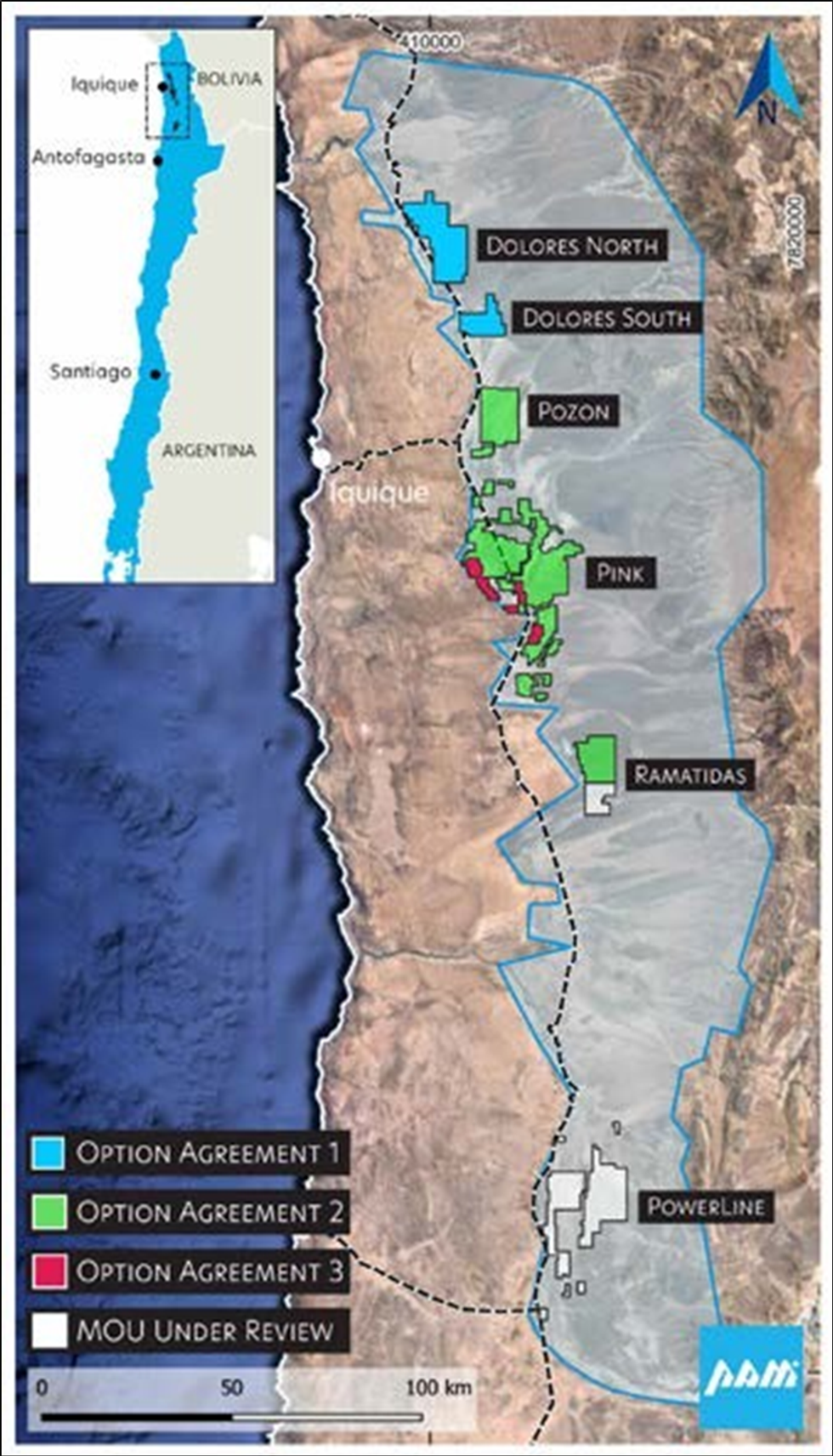
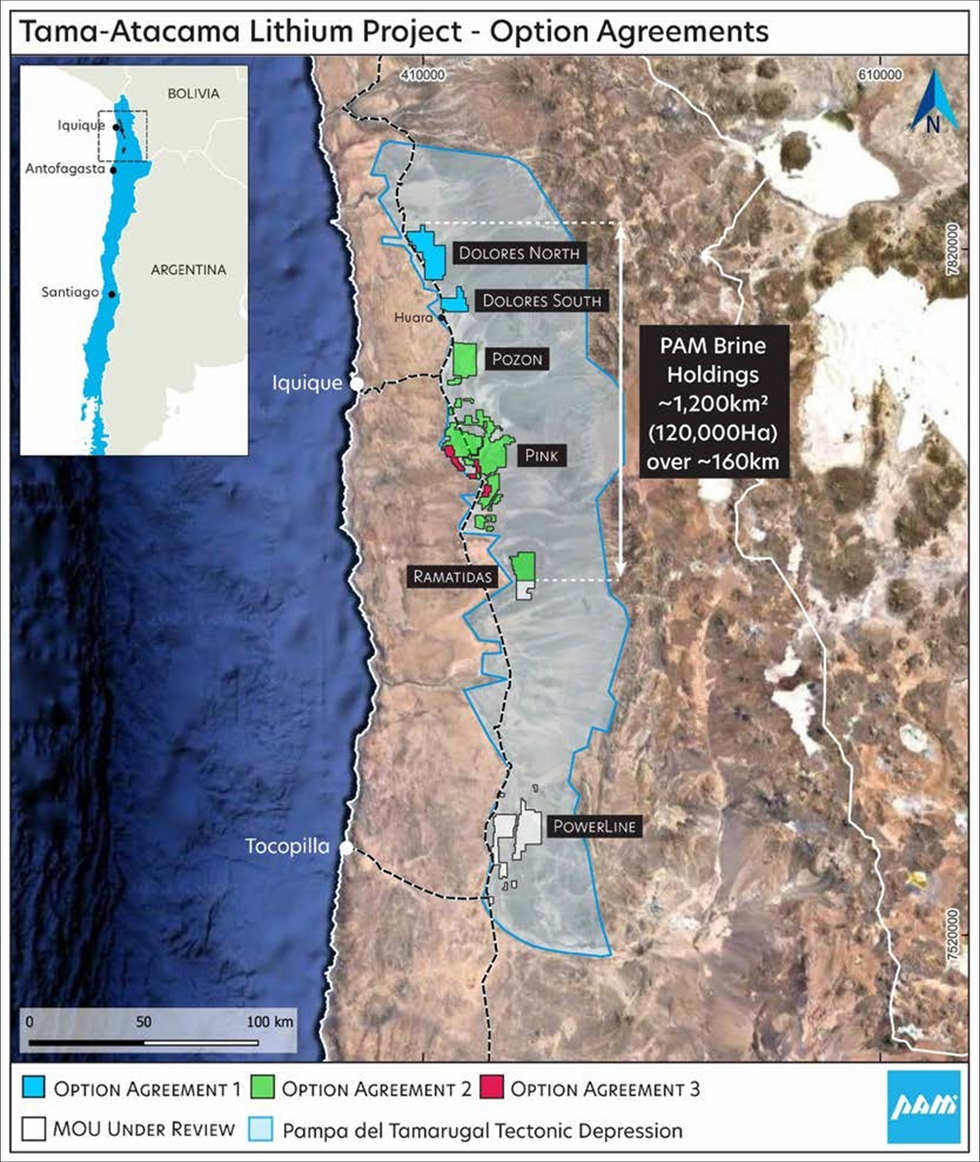
Tama Atacama is a Tier 1 lithium brine exploration project located in a Tier 1 mining jurisdiction, in the truest sense of the term ‘Tier 1’. It is one of the largest lithium brine projects in South America, with ~120,000ha (~1,200km2) under granted exploration licenses or exploration license applications - over which PAM has secured priority as regards to the mineral rights. The project spans three salars and within this area are extensive lithium surface anomalies with assays up to 2,200ppm Li and averaging 700ppm Li (56/177 assays, 270ppm cutoff). The Li anomalies are situated in a trend which extends ~160km from north to south, see Figure 3.
Click here for the full ASX Release
This article includes content from Pan Asia Metals Limited, licensed for the purpose of publishing on Investing News Australia. This article does not constitute financial product advice. It is your responsibility to perform proper due diligence before acting upon any information provided here. Please refer to our full disclaimer here.
PAM:AU
The Conversation (0)
09 July 2023
Pan Asia Metals
First-mover Advantage in Critical Metals for Southeast Asia Market
First-mover Advantage in Critical Metals for Southeast Asia Market Keep Reading...
11h
Trading Halt
Jindalee Lithium (JLL:AU) has announced Trading HaltDownload the PDF here. Keep Reading...
05 December
Livium Receives A$663k in RsD Tax Incentive Rebates for VSPC
Livium Ltd (ASX: LIT) (“Livium” or the “Company”) advises that it has received A$663,000 in research and development ("R&D") tax incentive rebates from the Australian Tax Office for the 2025 financial year ("FY25"), relating to its wholly owned subsidiary VSPC Pty Limited ("VSPC"). The rebate... Keep Reading...
01 December
Why SQM Says Social Dialogue is Key to Sustainable Lithium
As scrutiny continues to intensify across the battery metals supply chain, the conversation around sustainability has moved far beyond carbon footprints. At this year’s Benchmark Week, Stefan Debruyne, director of external affairs at Sociedad Quimica y Minera de Chile (SQM) (NYSE:SQM), made that... Keep Reading...
27 November
Battery Storage Market Surging as Electricity Demand Enters New Era
Speaking at Benchmark Week, Iola Hughes, head of battery research at Benchmark Mineral Intelligence, outlined a market that is undergoing “very strong growth" and becoming indispensable to energy security.Hughes described energy storage as the fastest-growing segment in the battery sector today.... Keep Reading...
27 November
Inside Billionaire Gina Rinehart's Key Mining Investments
Australian billionaire Gina Rinehart has become a formidable force in the global mining industry. After taking the helm of her father’s iron ore firm Hancock Prospecting in 1993, she embarked upon a diversification strategy that has vastly expanded her resource empire. Now Australia’s richest... Keep Reading...
26 November
Long State Funding Update
Atlantic Lithium (A11:AU) has announced Long State Funding UpdateDownload the PDF here. Keep Reading...
Latest News
Latest Press Releases
Related News
TOP STOCKS
American Battery4.030.24
Aion Therapeutic0.10-0.01
Cybin Corp2.140.00
